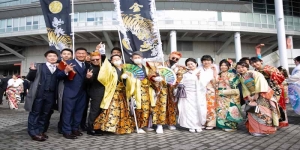Tsukumogami 付喪神 When Objects Take Life
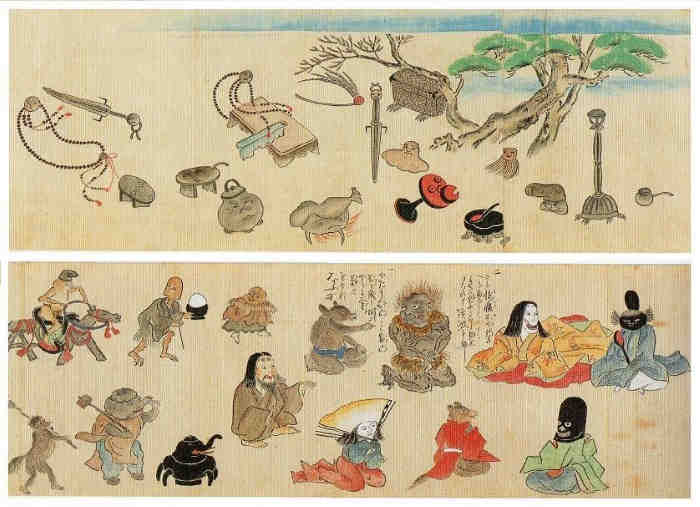
In Japanese folklore the Tsukumogami 付 喪 神 or つ く も 神 is usually associated with any object that, once it reaches the age of one hundred, becomes alive because it is "possessed" by a spirit (some would call it a sort of new yōkai).
Japan folklore is always something special because can have different points of view. The historical context, the area from which it comes, and the use made of it (social or even political), so for the same phenomenon it is easy to see different versions.
Another version, following the stories in Ise Monogatari Shō 伊 勢 物語, (collection of waka poems and narrations, dating back to the Heian period) speaks of the Tsukumogami as objects that are owned by foxes who have lived for more than a hundred years, until the modern days identifying them with the famous nine-tailed fox 九 十九 神 of the Japanese folklore.
So many different versions and sources create a certain aura of mystery and above all incomprehension towards this phenomenon. Some old texts speak of this "transformation" by recommending to release the object a year before it can activate to "fulfill" the 100 years. Others see these objects as personifications of rage and resentment and therefore dangerous for the home and the family.
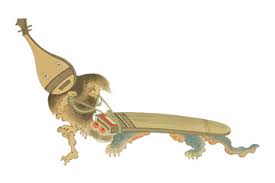
It is common to think that these are created today, or rather they become living creatures to themselves because they are things received affection, attention or contempt, in practiced objects subject to many human emotions that largely absorb them and then become what they are.
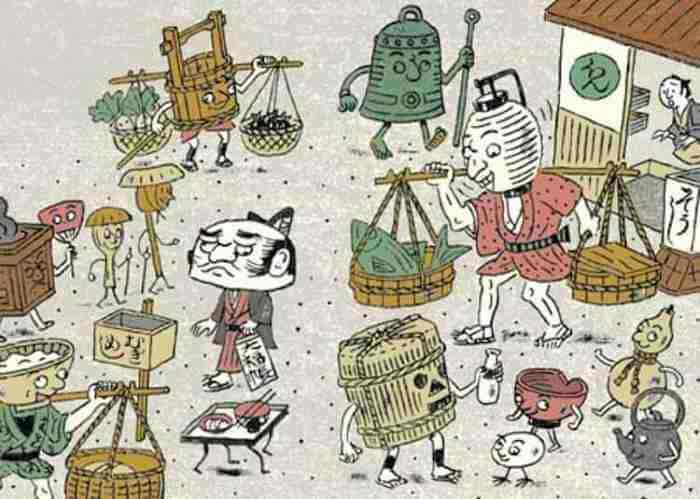
Over the years there was collected even texts and annotations on the most known and present in the anthology or in Japanese art, here are some examples:
Bakezōri - A zōri, traditional straw sandals.
Biwa-bokuboku - An animated Biwa (musical instrument).
Boroboroton - A possessed Futon.
Chōchinobake - An animated lantern, also known as Burabura.
Ichiren-bozu - Animated prayer beads.
Kameosa - A tin of sake possessed.
Kasa-obake - An animated paper umbrella. Also known as Karakasa-obake
Kosode-no-te - A possessed kimono.
Koto-furunushi - An animated Koto (musical instrument).
Menreiki - A spiritual creature consisting of 66 masks.
Morinji-no-okama - A possessed tea kettle. Another variant is Zenfushō
Shamichoro - An animated shamisen
Ungaikyo: a possessed mirror.
Zorigami - A possessed watch.
Tsukunogami are often present in many Japanese anime series but not only, we can find them in a sense even in the Western series, even if not created or born according to the Eastern principles. Just remember, for example, some Disney movies, for sure many objects come to mind that come alive or have their own life.
In Japanese animation their presence is more pronounced and is easy to found them. One of the last series that had as its main subject is the souls "Tsugumomo" that tells the story of a boy who inherited from his mother an Obi (Japanese kimono band) which is a tsukumonogami that even reaches the human form of a girl.

But the presence, both as protagonists and as small extras, of this objects is present in many series, I am sure that for all the fans of anime or manga their presence will not have escaped.

 English (United Kingdom)
English (United Kingdom)  Italiano (it-IT)
Italiano (it-IT) 
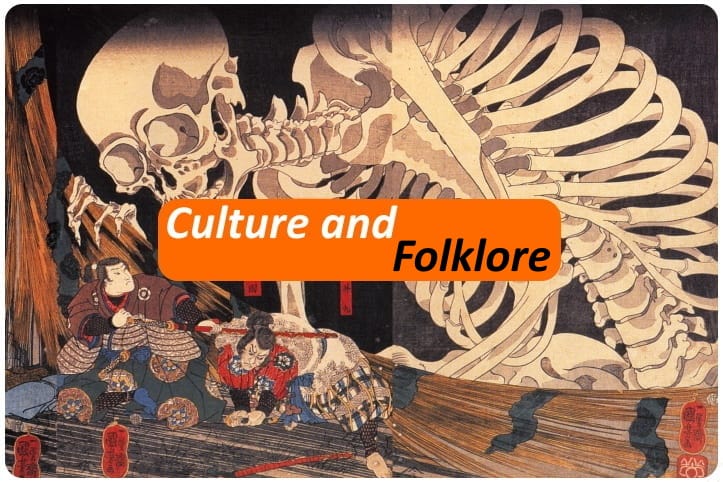





![[Review] Princess Toyotomiプリンセス トヨトミ](https://www.fukainihon.org//cache/mod_jt_contentslider/fdfb524f85518b9476158c79c8ea022f_328.png)

